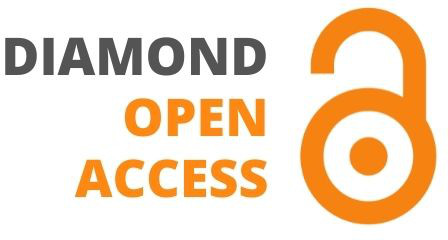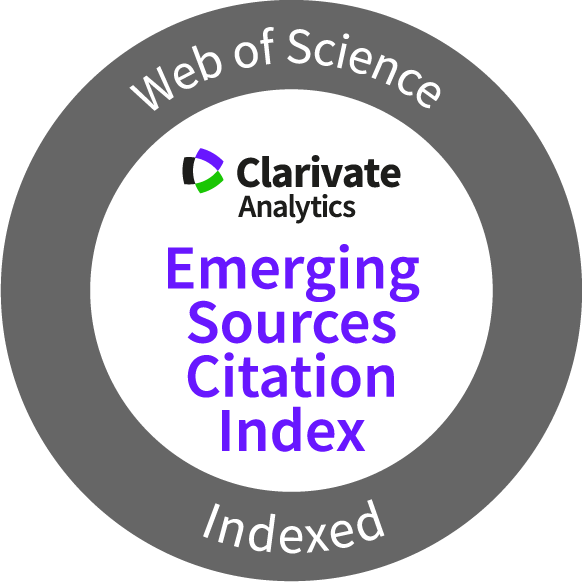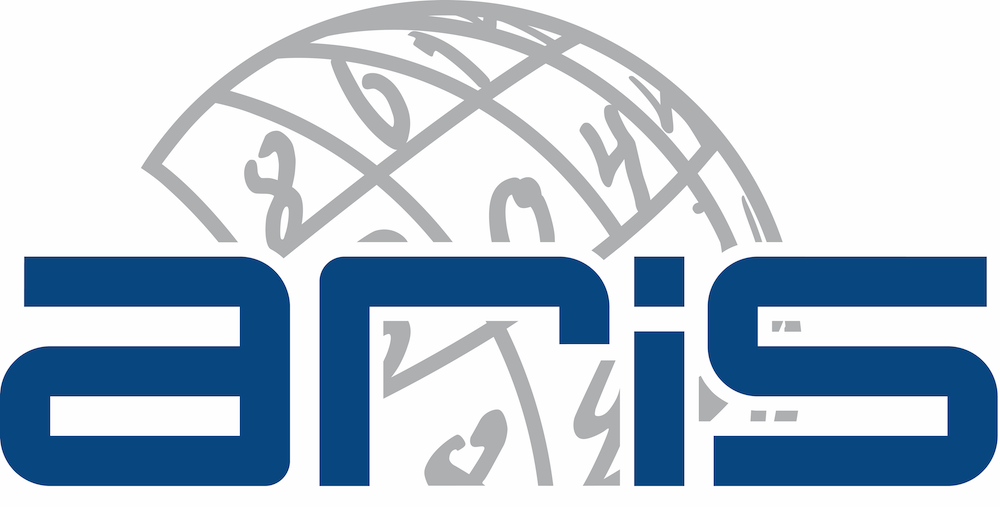Journal of Information Technology in Construction
ITcon Vol. 29, pg. 1026-1038, http://www.itcon.org/2024/45
Leveraging large language models for enhanced construction safety regulation extraction
| DOI: | 10.36680/j.itcon.2024.045 | |
| submitted: | April 2024 | |
| revised: | July 2024 | |
| published: | December 2024 | |
| editor(s): | Getuli V, Rahimian F, Dawood N, Capone P, Bruttini A | |
| authors: | Si Van-Tien Tran, Research associate
Department of Architectural Engineering, Catholic Kwandong University, Gangwon-Do 25601, Korea tranvantiensi1994@gmail.com Jaehun Yang, Ph.D. Candidate Department of Architectural Engineering, Chung-Ang University, Seoul 06974, Korea jhoon11@cau.ac.kr Rahat Hussain, Ph.D. Candidate Department of Architectural Engineering, Chung-Ang University, Seoul 06974, Korea rahat4hussain@gmail.com Nasrullah Khan, Master Student Department of Architectural Engineering, Chung-Ang University, Seoul 06974, Korea nasazzam@cau.ac.kr Emmanuel Charles Kimito, Master Student Department of Architectural Engineering, Chung-Ang University, Seoul 06974, Korea emmachalz@cau.ac.kr Akeem Pedro, Research associate Department of Architectural Engineering, Chung-Ang University, Seoul 06974, Korea lanrepedro3@cau.ac.kr Mehrtash Sotani, Research associate Department of Architectural Engineering, Chung-Ang University, Seoul 06974, Korea soltani@cau.ac.kr Ung-Kyun Lee, Associate Professor Department of Architectural Engineering, Catholic Kwandong University, Gangwon-Do 25601, Korea uklee@cku.ac.kr Chansik Park, Professor Department of Architectural Engineering, Chung-Ang University, Seoul 06974, Korea cpark@cau.ac.kr | |
| summary: | The construction sector has long been known for its complicated safety requirements, which are critical to ensure the well-being of workers on site. However, interpreting these requirements and maintaining compliance can be difficult due to the amount and complexity of the paperwork involved. This leads to difficulty extracting safety information from requirement documents. Besides, information that is presented in a manner similar to human-like responses can improve employee understanding. This study proposed a Construction Safety Query Assistant (CSQA) approach to enhance the extraction and knowledge of construction safety regulations using Large Language Models (LLMs). CSQA comprises of three primary components: (1) the Construction Safety Investigation Module (CSI), which gathers and processes safety regulation documents through text extraction and preprocessing to build a searchable database; (2) the Safety Condition Identification Module (SCI), which utilizes LLMs to interpret user queries and extract relevant information from the CSI database, capitalizing on the models' ability to understand context and subtle textual nuances; and (3) the Safety Information Delivery Module (SID), which presents the retrieved information to users and integrates a feedback loop to refine the accuracy and relevance of responses based on user interaction. The CSQA approach was validated with 2 case studies that offered more contextually relevant, possibly lowering non-compliance risks, improving worker safety, and simplifying the consultation process in the construction sector. This study emphasizes its potential to transform access to crucial safety information in the construction industry. | |
| keywords: | Construction safety document, Large Language Models, Information extraction, Retrieval-Augmented Generation, Construction Safety Query Assistant | |
| full text: | (PDF file, 0.983 MB) | |
| citation: | Tran S V-T, Yang J, Hussain R, Khan N, Kimito E C, Pedro A, Sotani M, Lee U-K, Park C (2024). Leveraging large language models for enhanced construction safety regulation extraction, ITcon Vol. 29, Special issue Managing the digital transformation of construction industry (CONVR 2023), pg. 1026-1038, https://doi.org/10.36680/j.itcon.2024.045 | |
| statistics: |





